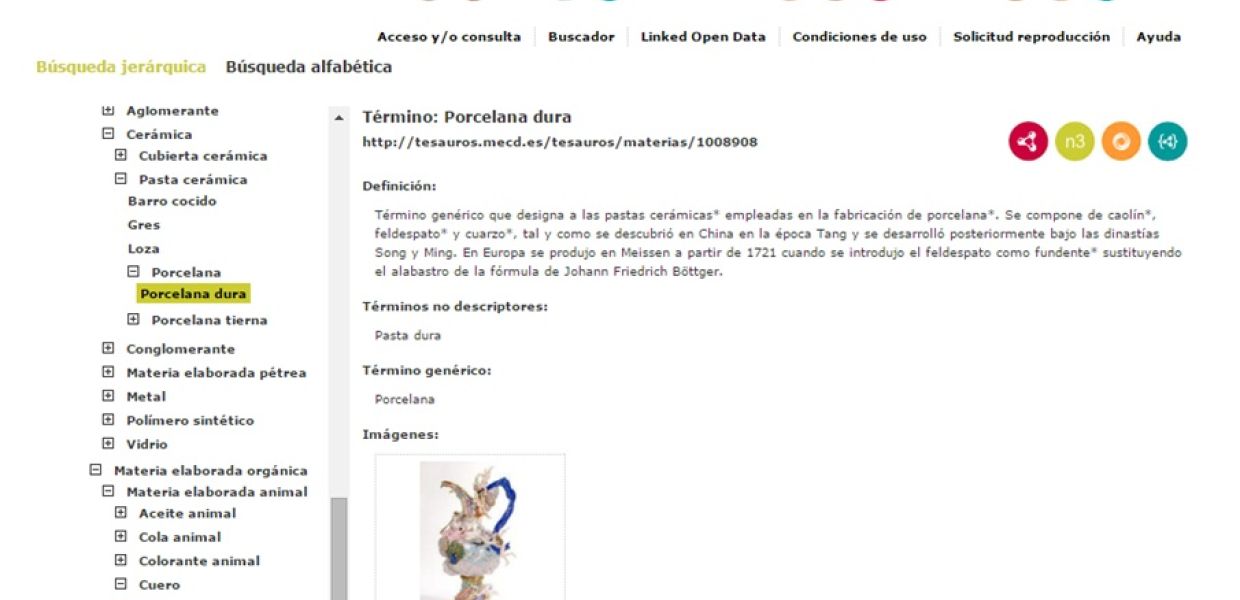Meet the Members Council: Reyes Carrasco

When I was a child, my father used to spend his free time painting, and showing me books and journals containing beautiful buildings and vibrant masterpieces. He taught me how to recognise Greek or Gothic architecture, and how to analyse an artwork or a cathedral. I first heard of names like Velázquez and Goya, and places like Toledo or Santiago de Compostela when I was only seven.
Nowadays, having gained a degree in Art History, I work in Spain for The Ministry of Education, Culture and Sports as a civil servant – a curator of state museums.
From 2005 to 2011 I have been of Head of the Documentation Museum Unit and at the moment, I am Head of the Collections Unit at the State Museums Department.
During this, I have been responsible for co-ordinating the Museum Documentation Programme of the State Museums Department, focusing in particular on the development, implementation and use in Spanish Museums of the Integrated System of Documentation and Museum Management (DOMUS), of the Digital Networking Museum Colecctions (CER.es) and also of the compilation of Multilingual Cultural Heritage Thesaurus Projects on technical terms.

Connecting museums together
As a member of the Europeana Network Association’s Council, I can offer my professional experience of museum collections documentation: the rules for describing museum collections and how to make them accessible and interoperable online. I know the problems posed by standardization processes, descriptions, vocabulary and ontology constructions very well.
Europeana is a new challenge for cultural institutions
All of us are share the belief that Europeana makes the use and re-use of cultural heritage possible, and in a different way to anything else on offer. But this new way sets new challenges for cultural institutions: how do they make contemporary heritage accessible? How can they keep a record of how collections are used, and by whom? Or in what ways? How many digital items are being used? And for what purposes? The questions could go on – there are many we need to think about.
Metadata is important but we need to do more
The reality is that each country that contributes to Europeana Collections supports a different type of metadata for describing local collections. By reinforcing the Europeana Data Model we can guarantee its continuation - as curators of cultural heritage we must respect each data model at the same time that we ensure interoperability.
Institutions play an important role in supporting EDM. Lots of institutions use it to become part of Europeana, but alongside other models - this is costly for institutions. One way we could reinforce the EDM framework could be to encourage use of EDM by institutions new to interoperable data - if we can convince these institutions, we have overcome the most important challenge.
